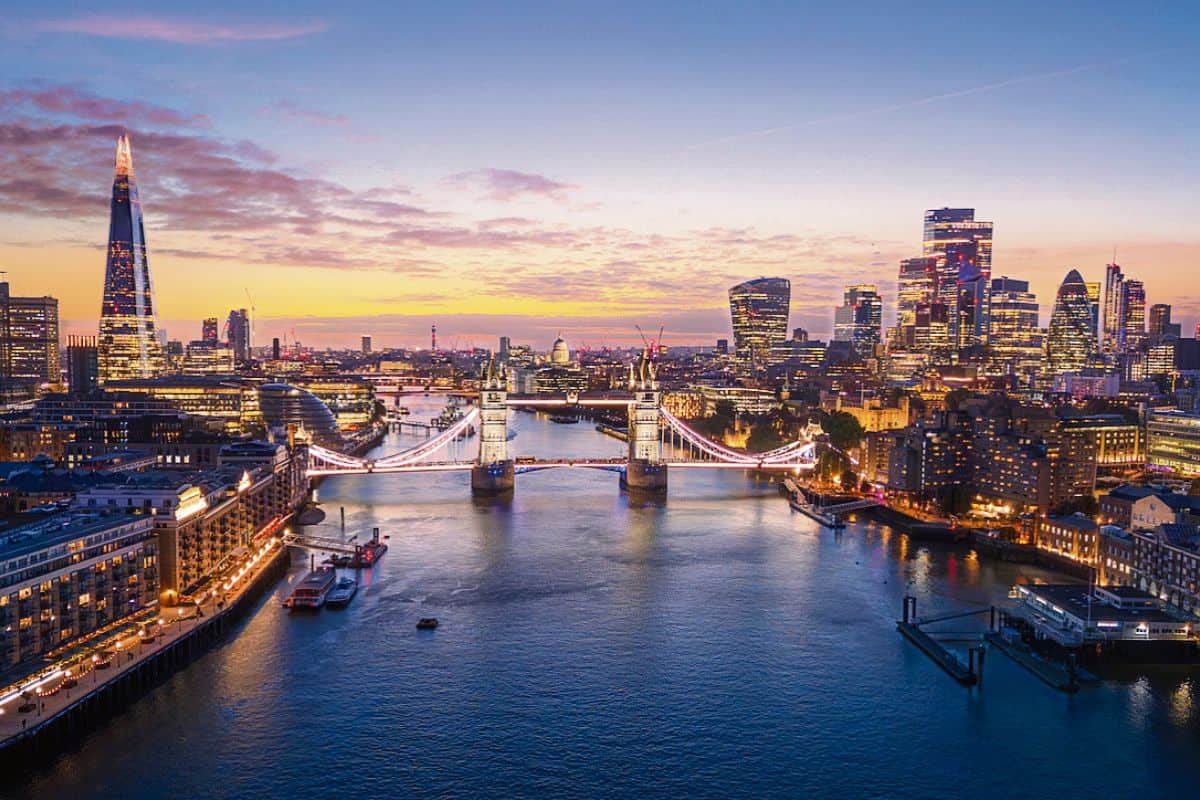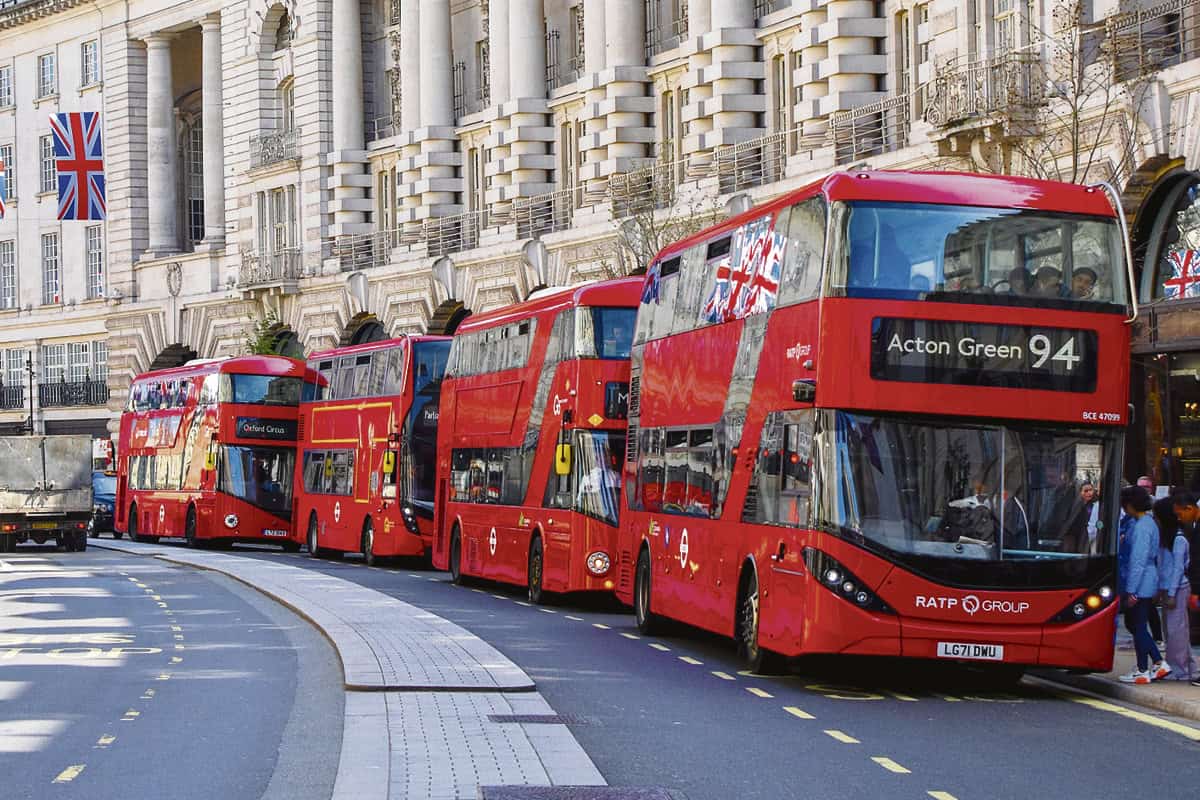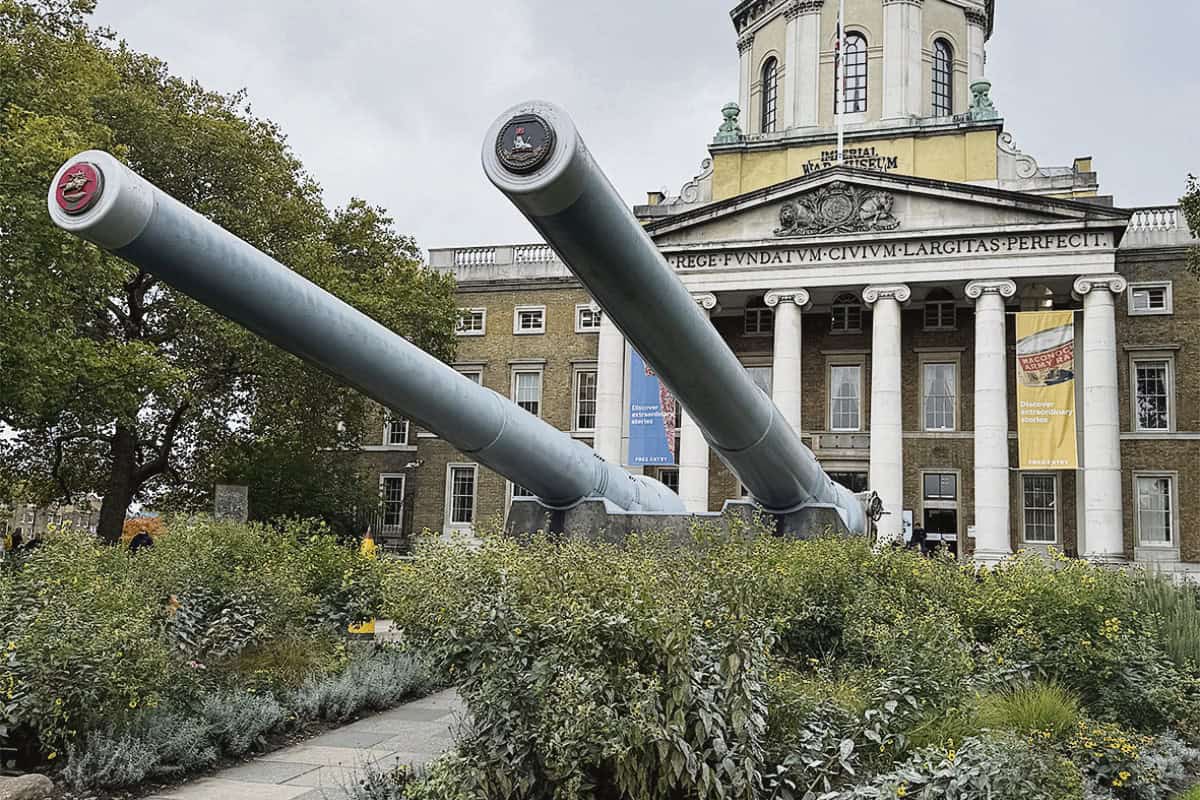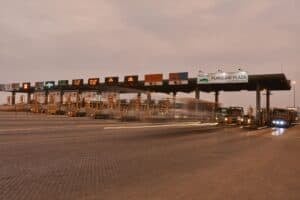Explore royal landmarks, museums, shopping icons – all in a ride underground.

Going to London is a daunting experience. It’s bigger than you can imagine. The diversity of things to see and experience is mind-boggling.
Whether you are a history wonk, a celeb spotter, a compulsive shopper or a sports fan, there’ll be something for you. There’s also the affordability issue if you are on a rand-based budget.
Accessibility though isn’t one of your problems. You can take a bus, one of the legendary black cabs, or even an Uber, but the best option in every regard is probably the London Underground.
First opened in 1863, it’s the world first underground passenger railway and now covers 402km across 272 stations, carrying an average 3.23 million people every day.
It’s a godsend for the tourist and the commuter alike and its major stations are Insta-worthy all on their own from Paddington to St Pancras.
The Underground, also known in typical British fashion as The Tube because that’s what it looks like, can take you from Heathrow straight into London to connect with the other lines. It’s about an hour-long trip to St Pancras, or you can opt for the Gautrain-like Heathrow Express (£25 a ticket), which takes 20 minutes to Paddington Station.
You can tap your credit card (much like Gautrain) or buy an Oyster Card and pre-pay it, with £8.90 (R201) giving you unlimited daily rides on the Tube within Sector 1 and 2 which is effectively the entire central London.

Iconic sights and cultural landmarks
And then the adventure begins. Getting off at St James Park, it’s a short walk to Buckingham Palace – and if you get there on a Monday, Wednesday or Friday, you can watch the changing of the guard at 11am.
The Palace is between two parks, Hyde Park at the back which eventually comes out at Kensington Palace, and the eponymous St James Park.
It’s a wonderful place to stroll and decompress, or you can walk down to Westminster to variously, 10 Downing St (the prime minister’s official residence), Whitehall (the seats of government), parliament (the House of Lords and the House of Commons) as well as the Churchill War Rooms, which is a branch of the Imperial War Museum and where Winston Churchill ran the war effort underground during the Luftwaffe’s Blitz of London in 1940.
There’s a comprehensive Churchill museum tacked on to the warren of underground rooms.
Across the road are the Houses of Parliament and Big Ben, or you can keep on going down the Strand, past the Cenotaph which is the centre of Britain’s Remembrance Day commemorations every November, all the way up to Trafalgar Square, where of course South Africa’s High Commission (Suid Afrika Huis) proudly stands.

Off Trafalgar Square is Fleet Street, once home to the world’s greatest newspapers, today it’s full of lawyers which many might not think is much of an improvement.
Going past King’s College, the dome of St Paul’s Cathedral stands like a beacon. London is full of churches, there’s Westminster Cathedral near parliament, but St Paul’s is special, built by Sir Christopher Wren after the Great Fire of London in 1666, it’s where Charles and Di were married back in 1981 – and it famously survived the best the Luftwaffe could throw at it during the Blitz.
Visitors can walk all the way up into the Whispering Gallery and look down 50m below into the body of the church, or climb further up into the dome and then venture out into two succeedingly higher outdoor galleries for wonderful views of London.
Going back down, you can get right to the back of the church behind the altar and then go below into the crypt for a coffee, cake and a souvenir, once you have passed Nelson’s tomb.
There is a London Underground station close by which takes you back to your adventures.
There are incredible sight-seeing opportunities that are available within a short walk of the underground stations – and the routes are incredibly easy to navigate, even when it comes to getting off at a station, walking up a flight of stairs to catch another tube train to go off on a different tangent.
Shopping, museums, and entertainment adventures
Harrods, which is as much a sight-seeing experience as it is a retail one, is very close to the Tube’s Knightsbridge station, or you can use Hyde Park Corner or South Kensington. The lower ground floor is an Aladdin’s Cave of Harrods’ souvenirs from branded chocolate to teas, T-shirts, bags and incredible baubles for your Christmas tree.
Or you can take the tube to Fortnum and Mason, another famous department store and perhaps home of home of the quintessential English high tea.
The tube will also take you to the British Museum or to the main Imperial War Museum across the River.
You could even use it to go to the Globe, Shakespeare’s rebuilt theatre and watch a play being performed as you drink a beer in the stands, just as Londoners would have done originally several hundred years ago.
The Tower of London, offers a six-hour historic immersion from crown jewels to executions and ravens, or just walk over Tower Bridge, take a tour of it, and then, pop into HMS Belfast, another Imperial War Museum site permanently moored on the other bank.

Alternatively, you can take the tube to get to Baker Street, the famous home of Sherlock Holmes, or go to Madame Tussauds.
There isn’t a place of interest that isn’t covered by the Tube, whether it’s shopping on Bond Street and Oxford Street or a theatre show in the West End.
Sport is the same; Wembley, Arsenal’s Emirates Park, Wimbledon, Lords, West Ham’s London Stadium or even Tottenham Hotspur, the only one that needs a different train altogether is Twickenham.
London is exhilarating, expensive and unforgettable, but sometimes the best experiences are free – like the IWM or the British Museum, or just walking the streets.
The British capital is extremely tourist friendly, even if the locals aren’t. They don’t speak in the tube and they definitely don’t greet you, but you can get almost anywhere in a matter of minutes and the tube maps on the ceilings of the trains and all over the stations, which would have been unintelligible back home are a simple passport to an adventure you might only have ever seen on TV.
When you’re finished in London, climb back on the tube, get to Paddington Station and catch the Heathrow Express, it stops at Terminal 1 and 2 first and then at Terminal 5 (the flight back home to South Africa – and where you would have arrived).
As you fasten your seatbelt and prepare to go home, you’ll already be planning your next trip back – for a brand new experience.
NOW READ: Hangul is more than writing: It is woven into Korean culture






